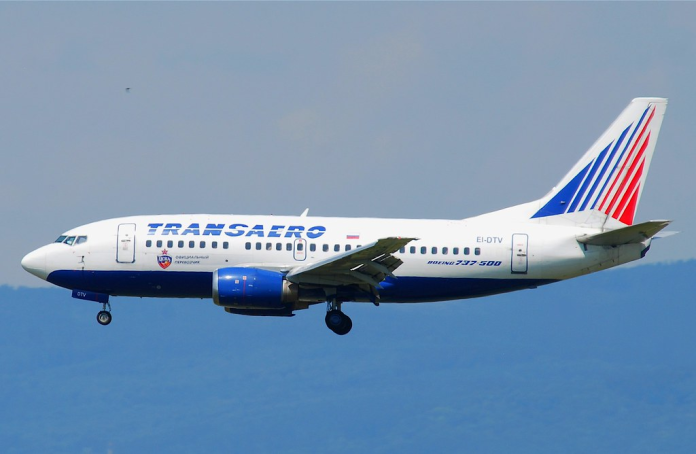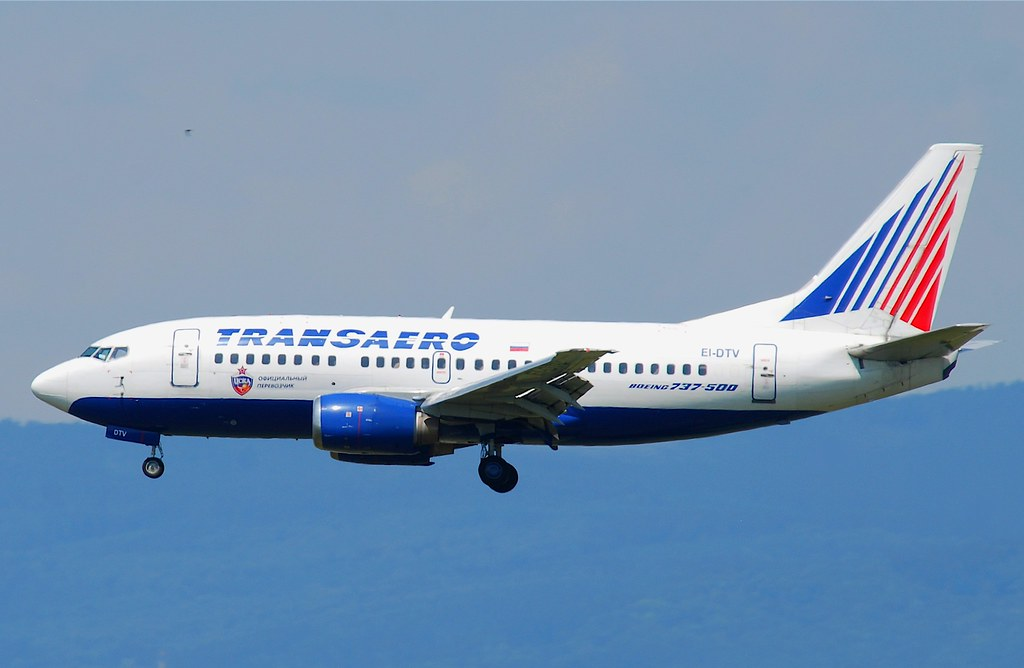
The stakes of U.S.–China trade talks have never been higher. Near the end of negotiations, officials are considering a Boeing jet order of historic proportion up to 500 planes that could anchor a larger trade deal and rebalance economic ties between the world’s two largest economies.
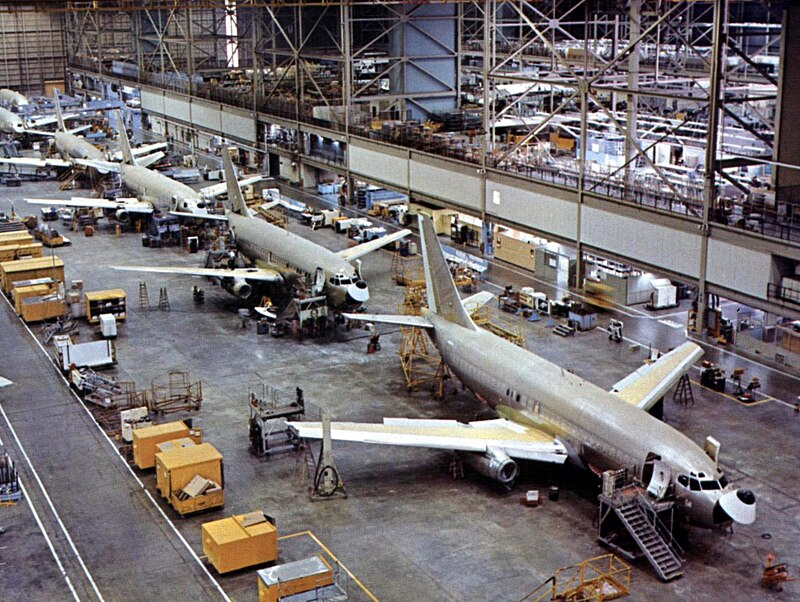
1. The Size and Engineering of Boeing’s China Order
U.S. Ambassador to China David Perdue has referred to the pending agreement as “very important to the president.” Extremely significant for Boeing. Extremely significant to me, I think, for China. The proposed order, years in the making, would be one of the biggest single commercial airplane purchases in history. Boeing’s production system built around advanced composite materials, high-efficiency turbofan engines, and digital twin manufacturing would be pushed to the limit. A commitment of 500 aircraft would reverberate through the supply chain of Boeing, from Kansas-based avionics vendors to Washington state assembly of fuselage, involving intricate coordination with hundreds of subcontractors and global shipping networks.
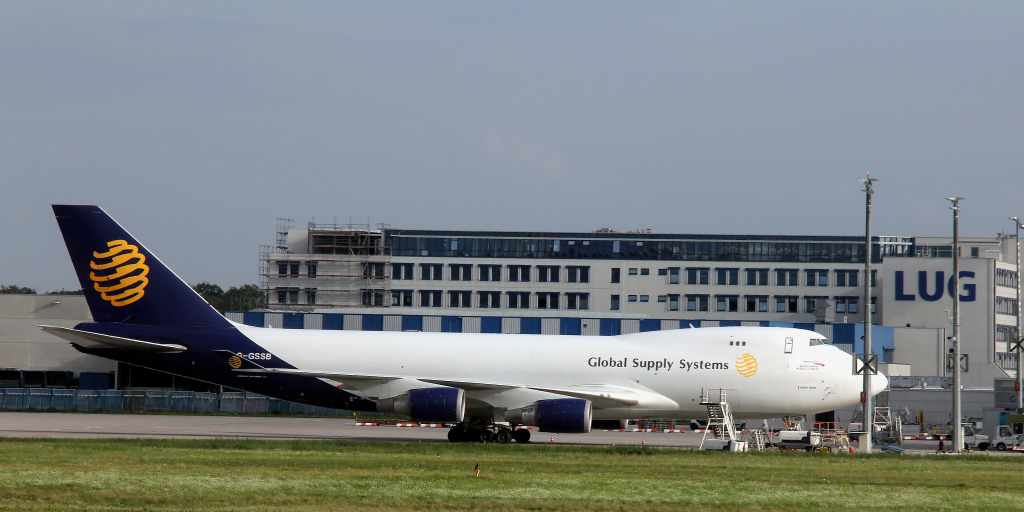
2. Supply Chain Logistics Under Trade Strain
Boeing’s international supply chain is based on timely delivery of thousands of parts, many of which come from abroad. Tariffs on foreign aerospace-grade aluminum, titanium, and electronics might change cost structures and production schedules. The ability of the company to fulfill such a large order is based on sustaining unbroken streams of essential materials, something complicated by uncertainty over U.S.–China tariff policy.
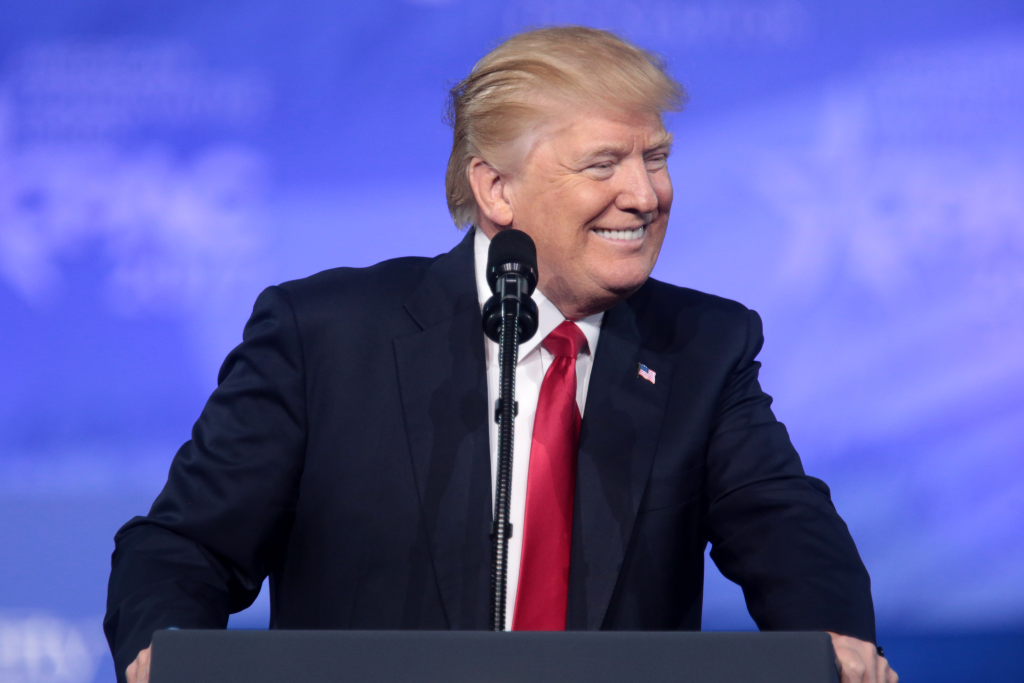
3. Supreme Court Review of Tariff Authority
Meanwhile, the Supreme Court is considering whether President Trump’s blanket tariffs imposed under the International Emergency Economic Powers Act (IEEPA) overstep executive power. The Federal Circuit Court determined 7–4 that “tariffs of indefinite duration on imports of virtually all goods from virtually all countries” are “both ‘unheralded’ and ‘transformative,'” needing explicit congressional approval. The administration contends that IEEPA authority to “regulate importation” encompasses tariffs, but opponents emphasize that tariffs are a fundamental congressional authority under Article I, Section 8. The resolution could reshape the legal limits of U.S. economic statecraft, impacting aerospace exports, agricultural trade, and manufacturing supply chains.

4. Historical Context of IEEPA and Executive Trade Powers
IEEPA, signed into law in 1977 to supersede the broad Trading with the Enemy Act, was intended for “unusual and extraordinary threats,” not persistent economic differences. Precedents such as U.S. v. Yoshida (1975), in which a temporary 10% tariff was upheld under emergency authority but warned against “unbounded” discretion, have been cited by the courts. The present litigation determines if those boundaries remain intact when tariffs are used as a geopolitical device within large trade disputes.
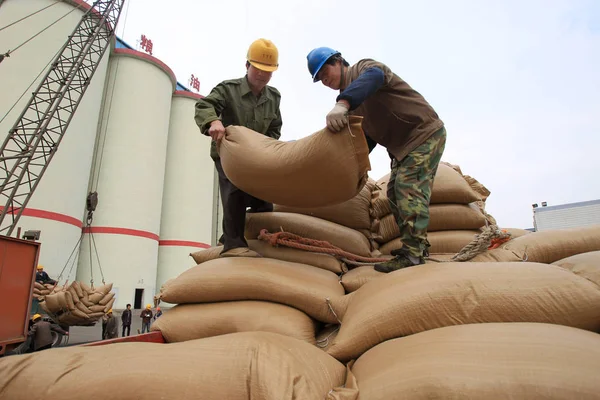
5. China’s Soybean Pivot to South America
While aerospace negotiations advance, China’s agricultural purchases have shifted sharply. For the first time since the 1990s, China has bought no U.S. soybeans at the start of the export season. Instead, buyers booked at least 10 cargoes from Argentina after the government temporarily removed export taxes, and Brazil exported a record 2.474 billion bushels to China from January through August 2025.

6. Economic Impact on U.S. Farmers
The transition has left American producers with an estimated 4.3 billion bushel crop and tight storage capacity, particularly as a record corn harvest exceeds 16 billion bushels. China’s Value-Added Tax and retaliatory tariffs drive the duty rate on American soybeans to 34%, sustaining American prices higher than South American rivals. Grain elevators, processors, and rail systems encounter bottlenecks as farmers balance storing grains against selling at deep losses.
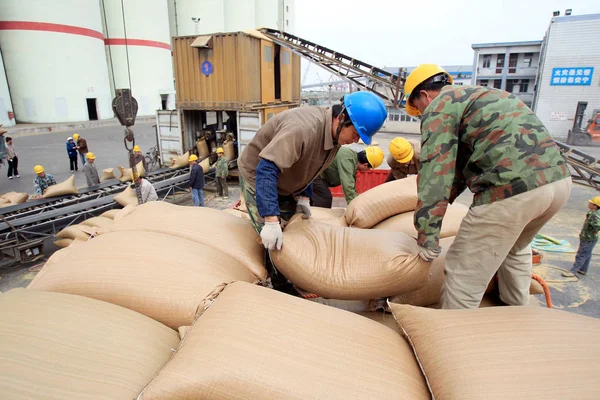
7. Modeling Tariff Effects on Global Trade Flows
Economic models demonstrate that tariffs imposed on important commodities and manufactured goods reallocate trade flows by encouraging customers to find substitute suppliers. In soybeans, Brazil’s increased acreage and Argentina’s reduction in taxes have given the industry a competitive edge. In aerospace, tariffs may increase costs for Chinese airlines buying U.S.-produced jets, neutralizing the advantage of a huge Boeing purchase unless contained under the trade deal.
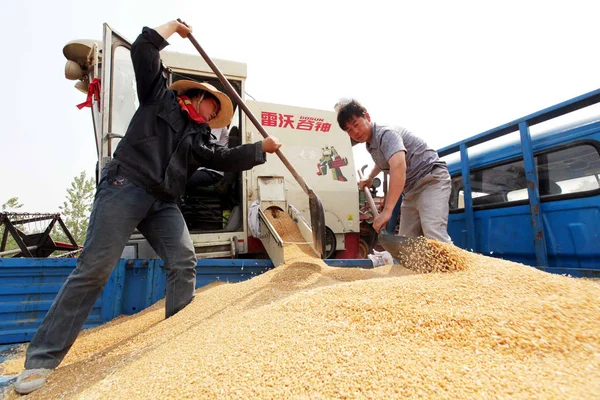
8. Strategic Alignment Between Aerospace and Agriculture in Trade Negotiations
The Boeing transaction’s visibility in talks speaks to its dual status providing high-value exports and representing collaboration in an industry involving nuanced technology transfer implications. Agricultural concessions, e.g., relaxing soybean tariffs, can be accompanied by industrial pacts to level trade streams. Diversifying imports in both industries advances bargaining leverage for China, while re-securing agricultural market share coupled with aerospace contracts would solidify rural and industrial economies for the U.S.
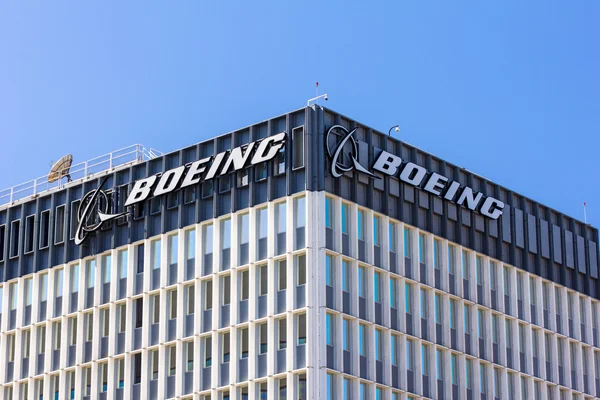
9. Global Market and Geopolitical Implications
China’s record trade surplus on its way to $1.2 trillion highlights its resistance to U.S. tariffs. The Supreme Court ruling on IEEPA will affect not just tariff policy but also sanctions, export controls, and investment restrictions. For Boeing, the execution of the order would affirm U.S. leadership in commercial aviation technology, but it relies on a stable legal and trade environment. For American farmers, the way back into China’s soybean market could depend upon the same negotiations that will finalize the aircraft deal.
